Why do Dogs Have Tails
20.03.2021.
If you are a dog owner, you probably caught yourself looking and studying your dog. Most dog owners had the same question crossing their minds at some point; Why do dogs have tails? If you already know the answer, you are better informed than we were. We started wondering the same thing, so we decided to look a bit deeper. There must be more to dogs having a tail than to occasionally hit their owners with it. Here is what the tail means to dogs.
Dogs use their tails for maneuvering
If you had the chance of looking at a working dog performing a task, you might have noticed their tail moving in different directions. If you haven’t, try tossing your dog their favorite toy, or take your dog to the park and watch them run around with other dogs. There is a lot of tail movement involved in that, and dogs use it for maneuvering.
The way dogs use their tail is sort of like a counterweight. When they are running, and they decide to suddenly change direction, the dog’s front legs take the new path. However, their hind legs want to keep the course they had before turning. That has to do with the body’s will to keep moving in the direction it was going. That is one of the laws of physics and why you can’t change your direction for 90 degrees while running.
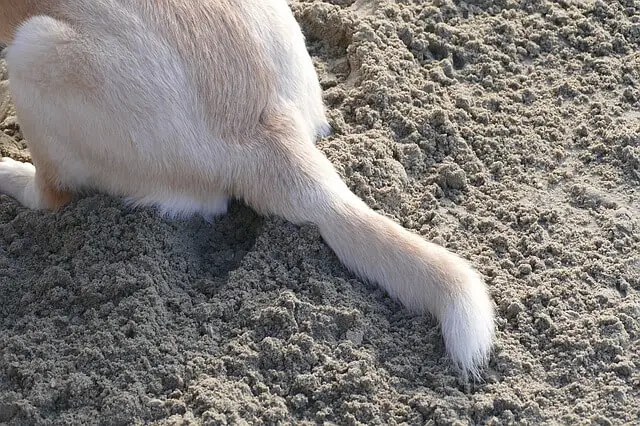
To counter that movement and change direction without tumbling and falling, dogs use their tail. The tail goes in the same direction their front legs go, and the dog can successfully turn while running. The most effective and powerful tail in the canine world belongs to Irish Wolfhounds. You can read more about this giant dog breed here - Irish Wolfhound breed profile.
Dog’s tail helps them balance
Just like a tightrope walker uses a balance stick, dogs use their tail for balance while walking. If they are walking on a reasonably straight surface, you won’t see much, but if the dog walks on an uneven surface, like rocks or steep hills, you can see their tail spring into action. Another great example if you see a dog walking on a narrow surface. Just relying on their paws won’t do. You can clearly see how their tail helps them keep the perfect balance.
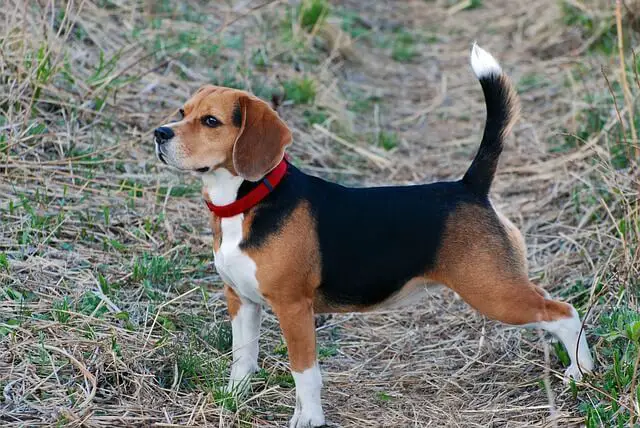
Dog’s tail acts as a counterbalance. If the dog tilts on one side, the tail will fling to the opposite side, giving the dog the tiny push they need to restore the perfect balance. Their tail reacts to all four of their legs and responds even to the slightest weight shifts.
Dog owners often hear a lot of talk about neutering. It can be confusing and hard to make the best possible decision for your dog. Check out this article for more info - Should I neuter my dog?
Tails help dogs communicate
This doesn’t really come as a surprise, and most of us are aware that dogs use their tails for communicating. If you are a dog owner, you were probably welcomed home by a wagging tail. It is a clear sign that the dog is happy or excited about something. However, that is not the only way dogs use their tails for communication.
Frightened dogs don’t wag their tails. Instead, they tuck it between their legs. There are several reasons they do that; to make themselves seem smaller and less threatening and to reduce their scent. Dog’s anal glands are located just below their tail, and by keeping the tail tucked, they block the glands from producing their scent. It is the same reason dominant dogs keep their tail upright - they are making themselves known.
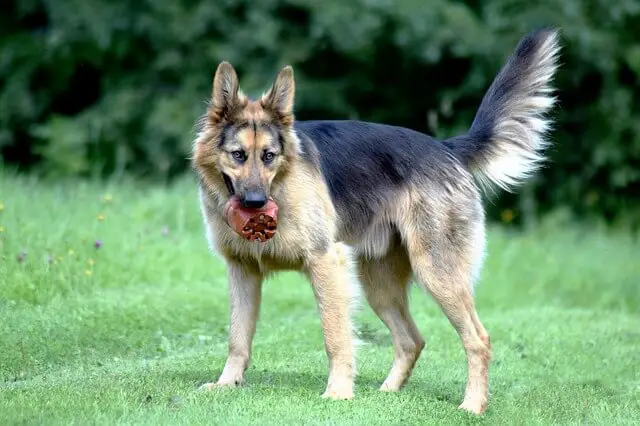
We can be sure dogs use their tails for communication because tail wagging is a learned behavior. It is not something dogs instinctively know to do. Puppies start wagging their tail between the 30th and 50th day. At that time, they start interacting and playing with other littermates. They seem to learn that wagging tails mean playing and a friendly atmosphere. Dogs will use that behavior for the rest of their lives, and mainly to communicate with their owners and other dogs they meet.
Other uses
These three reasons are not the only use of tail in the dog’s world. Nordic breeds, like the Husky, Canadian Eskimo Dog, or Alaskan Malamute, use their bushy, thick tails to cover their faces while sleeping in freezing temperatures. These dogs were used to sleeping in the open, and their tails helped guard them against windchills.
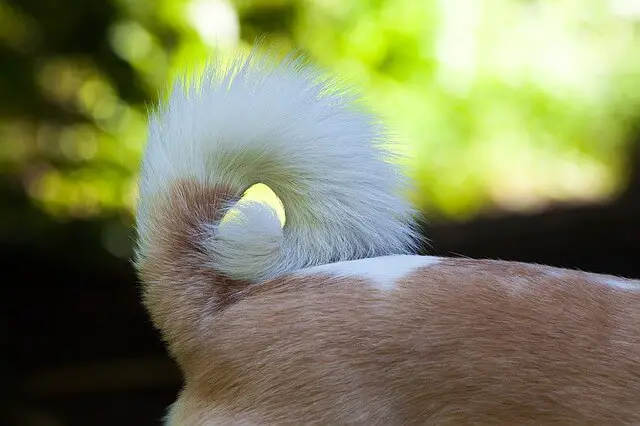
Hunting dogs, especially sighthounds that relied on their speed and sight to catch prey, have thin, whip-like tails. They mostly use it for rapid direction change. The best example of such tail use in the animal kingdom is the cheetah. Their tail is nearly as long as their entire body.
Despite the tail playing such an important role in a dog’s life, some owners decide to remove their dog’s tail. This practice is called tail docking, and you can read more about it here - Tail docking: Is it necessary?
World Dog Finder team

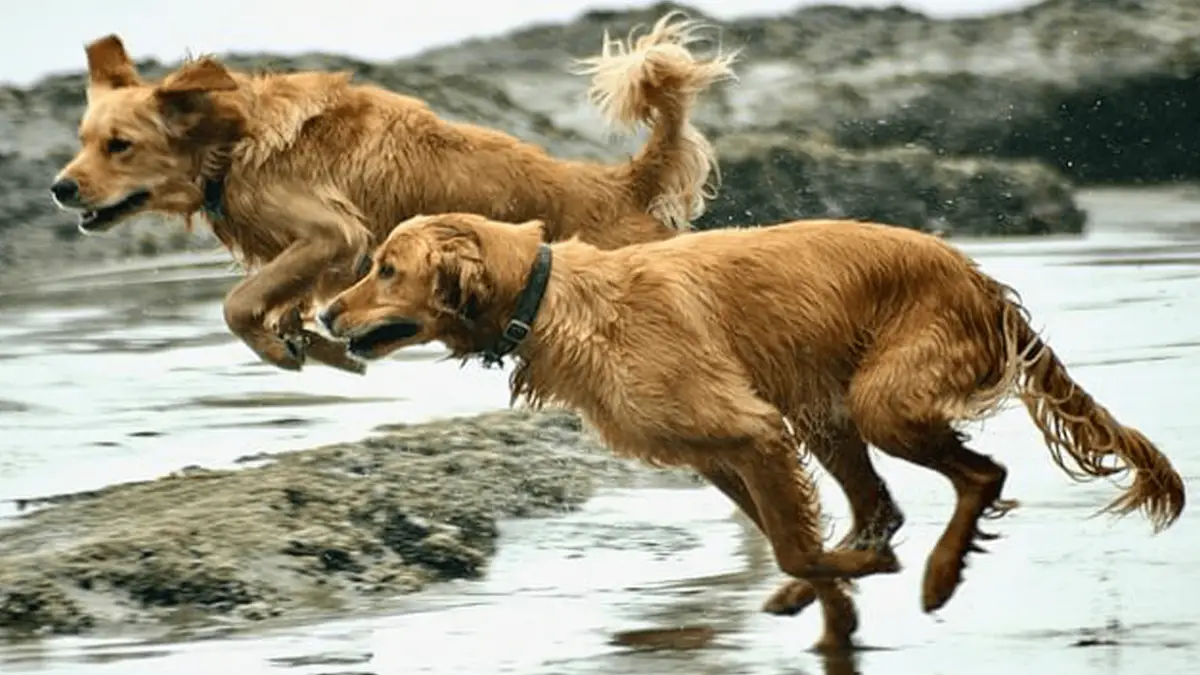



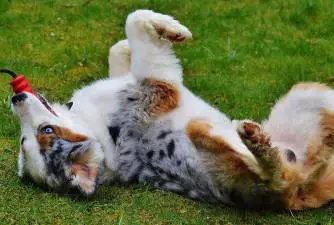

Share